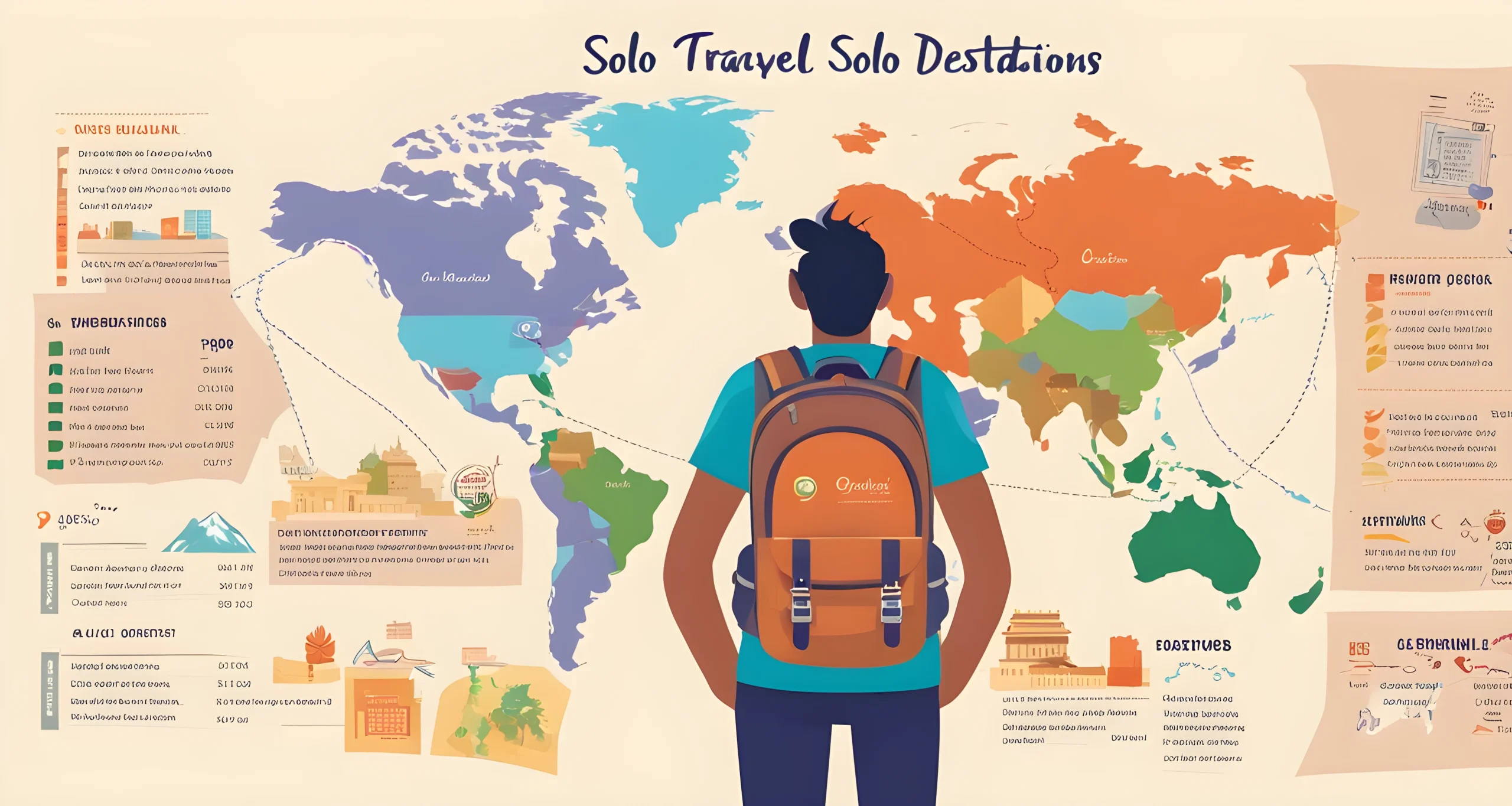Introduction
Solo travelers on a budget have a wide range of destinations to choose from, both in the US and abroad. From vibrant cities like Denver, Colorado to beautiful coastal towns like Newport, Rhode Island, there are plenty of options for affordable and unique experiences.
Considerations for Budget Travel
- When planning a budget solo trip, it’s essential to consider factors such as transportation costs, accommodation options, and daily expenses.
- Researching off-season travel times and looking for deals can help save money on flights and accommodations.
- Utilizing public transportation or walking instead of taking taxis can also cut down on transportation costs.
- Staying in hostels or using accommodation-sharing platforms can provide affordable lodging options.
Creating a Detailed Travel Budget
- To effectively manage expenses while traveling solo on a budget, it’s important to create a detailed travel budget spreadsheet.
- This spreadsheet should include categories such as transportation, accommodation, food, activities, and miscellaneous expenses.
- Including estimates for each category can help in setting realistic spending limits.
Refining Your Budget with Expense Categories
- Breaking down the budget into specific expense categories allows for a more refined understanding of where money is being spent.
- By tracking expenses in each category, solo travelers can identify areas where they may be overspending and make necessary adjustments.
Budgeting by Item or Category
- Some solo travelers may find it more effective to budget by item rather than by category. This approach involves setting specific spending limits for individual purchases.
- For example, setting a daily food budget or limiting the amount spent on souvenirs can help control overall expenses.
Finalizing Your Overall Travel Budget
- Once all expense categories have been accounted for and spending limits have been set, it’s important to finalize the overall travel budget.
- This step involves reviewing the entire budget spreadsheet and making any necessary adjustments to ensure that total expenses align with the available budget.
For more tips on saving money while traveling solo, check out Thrifty Solo Travel Suggestions.
By considering these factors and implementing effective budgeting strategies, solo travelers can enjoy amazing destinations without breaking the bank. In the following sections, we will explore specific tips for saving money in various aspects of solo travel.
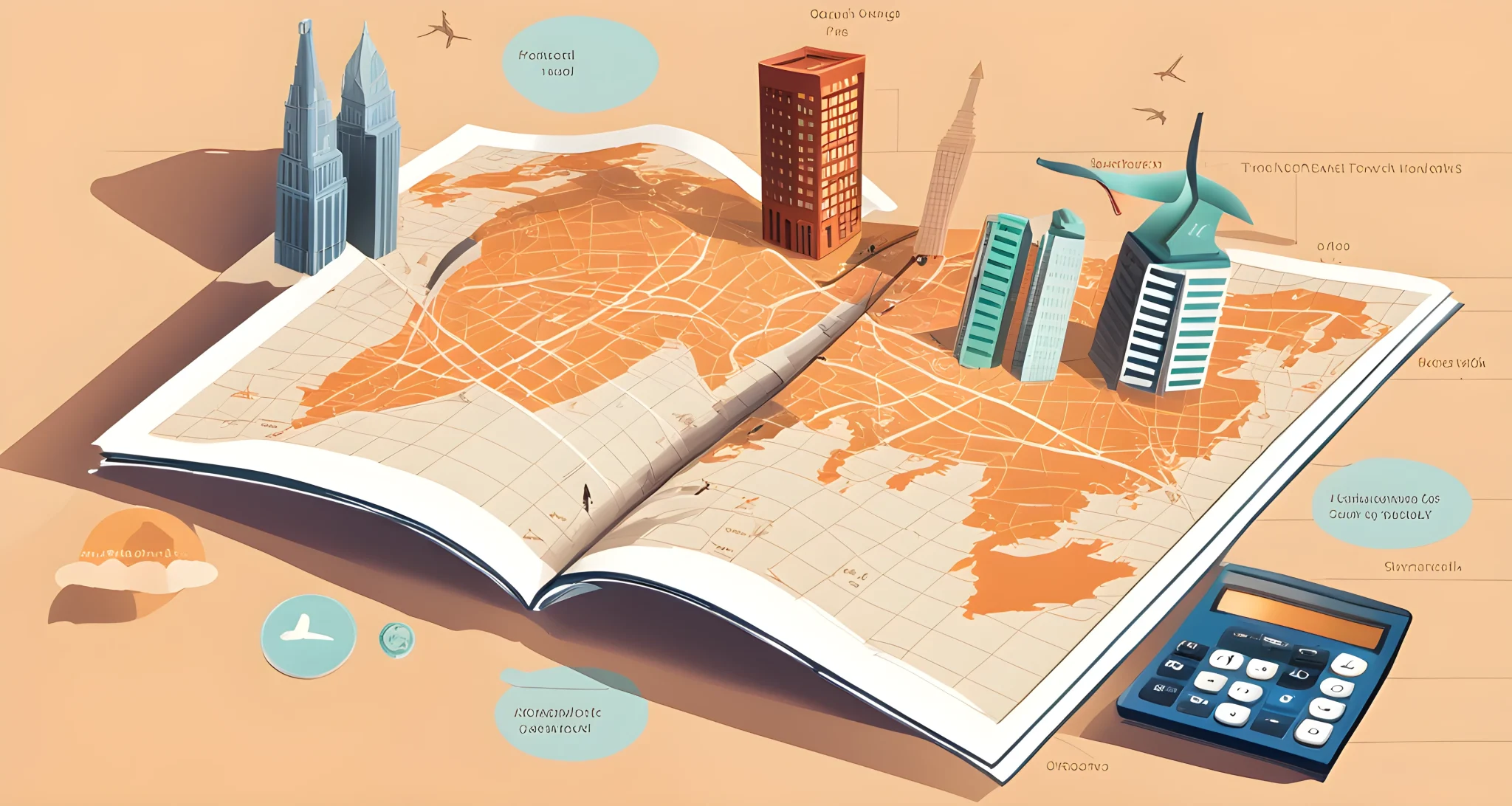
Factors to Consider for Budget Travel
When planning a budget travel trip, there are several factors to consider in order to ensure a successful and cost-effective journey.
Transportation
- Research and compare transportation options such as flights, trains, buses, or rental cars to find the most affordable and convenient mode of travel.
- Consider utilizing public transportation or walking to explore the destination, which can save money on transportation costs.
Accommodation
- Look for budget-friendly accommodation options such as hostels, guesthouses, or vacation rentals.
- Consider booking accommodations in advance to take advantage of early bird discounts or special promotions.
Food
- Research local eateries and markets to experience authentic cuisine at affordable prices.
- Consider preparing simple meals at accommodations with kitchen facilities to save money on dining expenses.
Activities
- Prioritize free or low-cost activities such as hiking, visiting public parks, or exploring cultural landmarks.
- Look for discounted attraction tickets or consider purchasing city passes for access to multiple attractions at a lower cost.
Special Considerations
- Factor in visa fees, travel insurance, and any necessary vaccinations when calculating the overall travel budget.
- Be mindful of additional expenses such as souvenirs, tipping, and unexpected emergencies.
By carefully considering these factors and incorporating them into a detailed travel budget spreadsheet, solo travelers can effectively plan their trip while keeping costs under control. For further tips on financially savvy travel strategies, check out Financially savvy travel strategies.
With a comprehensive understanding of the various factors involved in budget travel, solo travelers can confidently plan their trip without overspending.
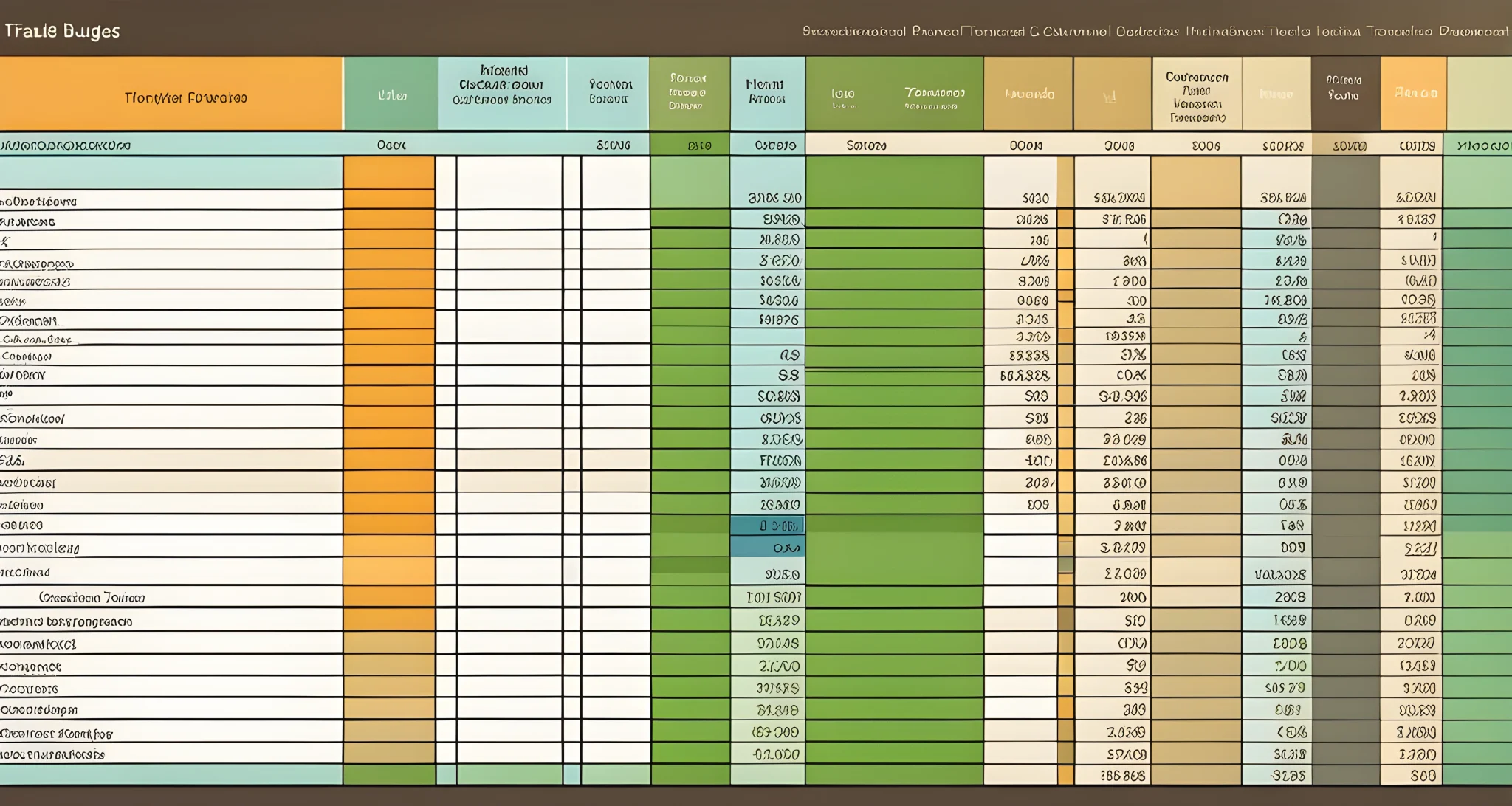
Creating a Detailed Travel Budget Spreadsheet
When planning a solo trip on a budget, creating a detailed travel budget spreadsheet is essential to keep track of expenses and ensure that you stay within your financial limits. By listing out all potential expenses, you can get a clear picture of how much your trip will cost and where you can potentially save money.
Why Use a Travel Budget Spreadsheet
- Helps to visualize and plan for all expenses
- Allows for easy tracking of spending
- Helps to identify areas where costs can be minimized
What to Include in Your Spreadsheet
- Transportation: Flights, trains, buses, rental cars
- Accommodation: Hotels, hostels, Airbnb
- Food: Daily meals, dining out
- Activities: Tours, sightseeing, entertainment
- Miscellaneous: Travel insurance, visas, souvenirs
Tips for Creating Your Spreadsheet
- Use a digital spreadsheet tool such as Excel or Google Sheets for easy editing and access.
- Research average costs for transportation, accommodation, and food in your destination.
- Consider using templates or budgeting apps to help streamline the process.
Refining Your Budget with Expense Categories
Once you have listed all potential expenses, it’s important to refine your budget with specific expense categories. This will allow for a more detailed and accurate representation of your overall trip cost.
Budgeting by Item or Category
When creating your travel budget spreadsheet, consider whether it’s more beneficial to budget by individual items (such as each meal or activity) or by broader categories (such as total food or entertainment expenses). This will depend on your personal preference and the level of detail you want to maintain.
Finalizing Your Overall Travel Budget
After inputting all potential expenses and refining your budget with specific categories, it’s time to finalize your overall travel budget. This involves ensuring that the total projected expenses align with your available funds and making any necessary adjustments to stay within your budget.
Creating a detailed travel budget spreadsheet can be a useful tool for solo travelers on a budget. By listing out all potential expenses and refining the budget with specific categories, travelers can get a clear picture of how much their trip will cost and where they can potentially save money. For more affordable travel destinations ideas, check out Affordable travel locations.
(Word count: 400)
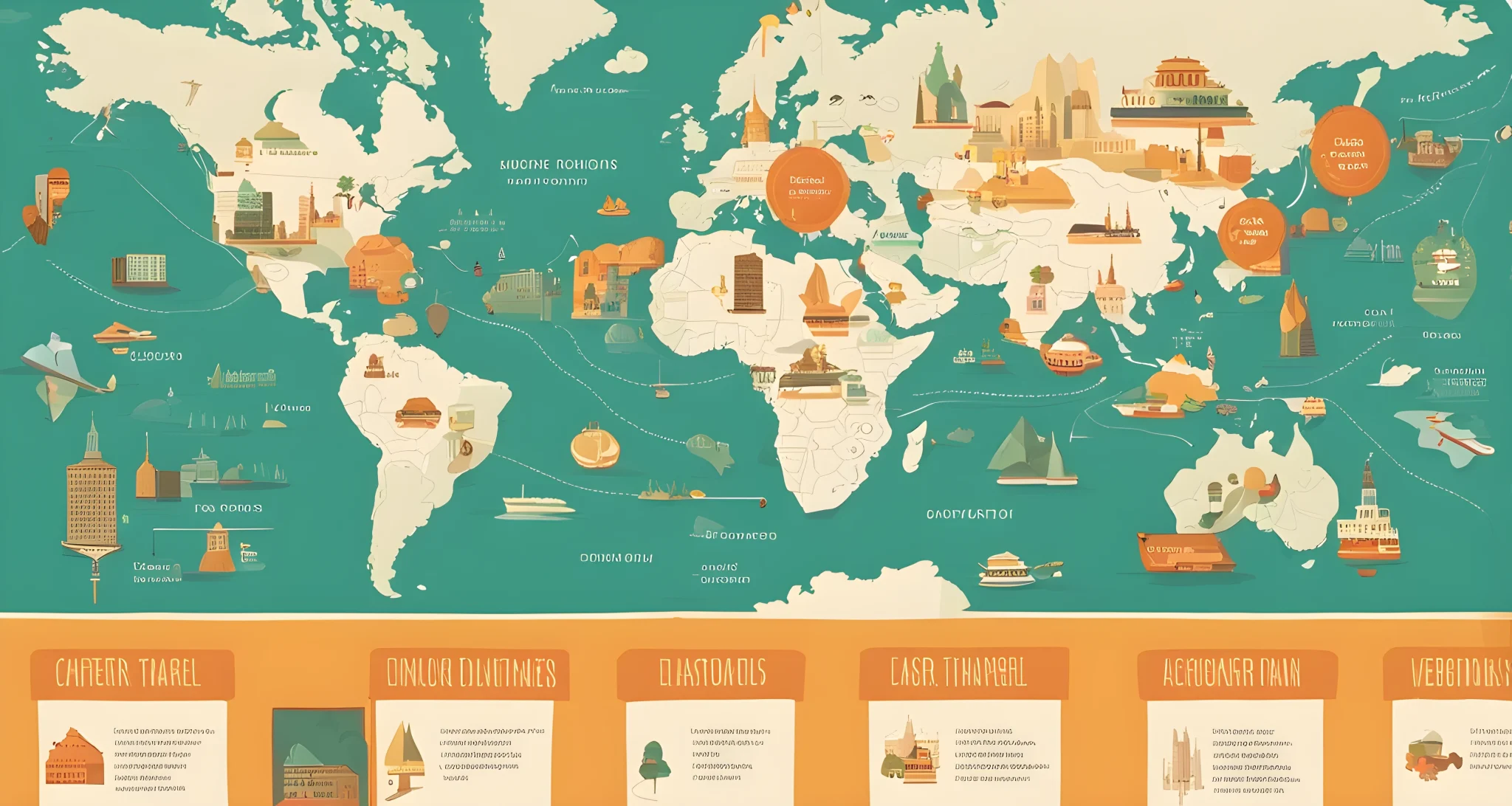
Refining Your Budget with Expense Categories
When it comes to refining your travel budget, breaking down your expenses into specific categories can provide a clear picture of where your money is going. By doing this, you can make informed decisions about where to allocate your funds and identify areas where you may need to make adjustments. Here’s how you can refine your budget with expense categories:
Understand Your Spending
- Create categories such as transportation, accommodation, food, and activities in your budget spreadsheet.
- Input the actual amounts you spend in each category during your trip.
- Compare these amounts to your initial budget estimates to see where you may have overspent or saved.
Make Adjustments
- If you notice that you’ve overspent in one category, consider reallocating funds from another category where you may have underspent.
- For example, if you’ve spent more on activities than anticipated, you could cut back on dining out to balance the overall budget.
Identify Patterns
- Breaking down your expenses into categories can also help you identify patterns in your spending habits.
- You might notice that you consistently spend more on transportation than accommodation, prompting you to consider alternative transportation options for future trips.
Plan for the Future
- By refining your budget with expense categories, you can gather valuable insights that will inform your future travel planning.
- You may realize that allocating more funds to certain categories enhances your overall travel experience, leading you to prioritize those areas in future trips.
Easy Planning Tips
- To further enhance your budgeting process, consider incorporating Easy Planning Tips into your travel planning.
- These tips can provide additional strategies for refining and optimizing your travel budget based on specific expense categories.
By refining your budget with expense categories, you gain a deeper understanding of where your money is going during your travels. This approach allows for greater control over your spending and empowers you to make informed decisions that align with your travel priorities. Whether it’s allocating more funds for memorable activities or cutting back on less essential expenses, breaking down your budget into specific categories offers a comprehensive view of your travel finances.
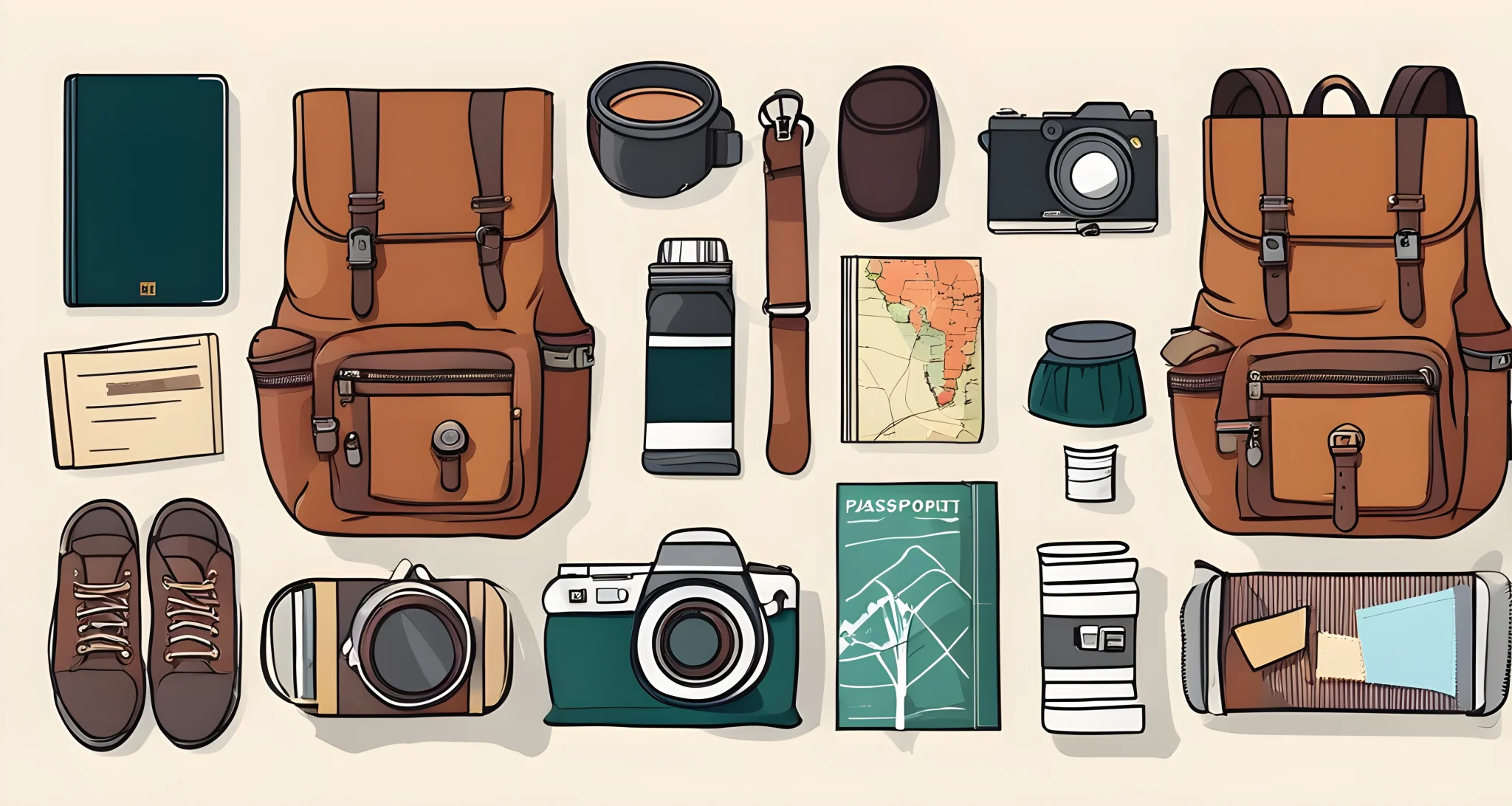
Budgeting by Item or Category
When it comes to budgeting for travel, there are different approaches that can be taken. In the previous sections, we discussed creating a detailed travel budget spreadsheet and refining your budget with expense categories. However, some travelers may prefer to budget by individual item, rather than by category. This approach allows for a more detailed breakdown of expenses, making it easier to see where money is being spent and where potential savings can be made.
Advantages of Budgeting by Item
- Provides a more granular view of expenses
- Helps identify areas where cost-cutting is possible
- Allows for better tracking of spending patterns
- Enables more accurate forecasting of expenses
Disadvantages of Budgeting by Item
- Can be more time-consuming to track and manage individual expenses
- May lead to information overload and analysis paralysis
For travelers who want to take a closer look at their spending habits, creating a budget by item can be highly beneficial. By breaking down expenses into specific items such as accommodation, transportation, meals, activities, and incidentals, travelers can gain a clearer understanding of where their money is going.
On the other hand, budgeting by category can also be an effective way to manage expenses. By allocating set amounts to broader categories such as accommodation, food, transportation, and entertainment, travelers can ensure that they are staying within their overall budget without getting bogged down in the details of every single purchase.
Ultimately, the best approach to budgeting will depend on individual preferences and travel styles. Some travelers may find that a combination of both methods works best for them. For example, they may use expense categories as a guide for setting overall limits, while also tracking specific items to identify areas for potential savings.
No matter which method is chosen, the goal of budgeting for travel remains the same: to ensure that funds are allocated wisely and that the trip is enjoyable without causing undue financial stress.
Want to learn more about saving money while traveling? Check out our article on Budget-friendly bites on the go for tips on enjoying delicious street foods without breaking the bank.
In the next section, we will discuss finalizing your overall travel budget, bringing together all the elements we have covered so far. Stay tuned!
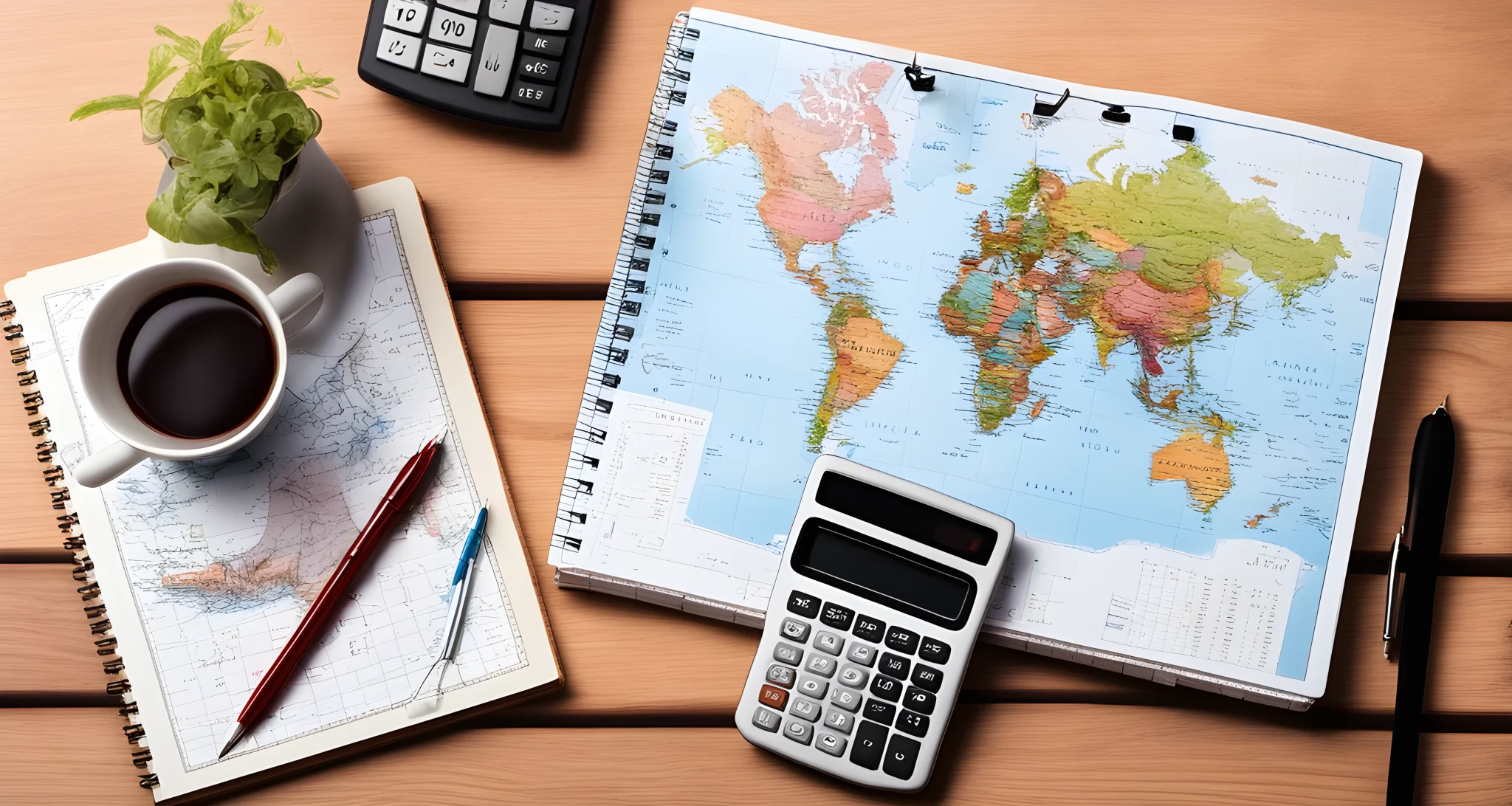
Finalizing Your Overall Travel Budget
Now that you have created a detailed travel budget spreadsheet and refined it with expense categories, it’s time to finalize your overall travel budget. This is the crucial step in ensuring that you have a clear understanding of how much your trip will cost and whether your budget is realistic. Here are some important things to consider when finalizing your overall travel budget:
Making Necessary Adjustments
- Review your expense categories and make any necessary adjustments based on your research and new information.
- Consider reallocating funds from one category to another if you find that certain expenses are higher or lower than anticipated.
- Look for areas where you can potentially cut costs without sacrificing the quality of your trip.
Ensuring Flexibility
- It’s important to ensure that there is enough flexibility in your budget to accommodate unexpected expenses or changes in plans.
- Set aside a contingency fund for emergencies or spontaneous opportunities that may arise during your travels.
- Consider adding a buffer to certain expense categories to account for potential fluctuations in prices.
Seeking Cost-Saving Opportunities
- Look for opportunities to save on transportation, accommodation, and meals by using rewards points, discounts, and special offers.
- Consider adjusting the duration or timing of your trip to take advantage of off-peak pricing for flights and accommodations.
- Explore alternative transportation options such as public transit, walking, or biking to save on transportation costs.
Revisiting Your Priorities
- Take a final look at your travel priorities and make sure that your budget aligns with what matters most to you.
- Consider whether certain expenses are truly worth the cost or if there are more affordable alternatives that still meet your needs.
By finalizing your overall travel budget with these considerations in mind, you can ensure that you are well-prepared for the financial aspects of your trip. Remember that budgeting is an ongoing process, and it’s okay to make adjustments as needed throughout your travels. For more tips on how to make the most of your travel budget, check out this comprehensive guide on Cheap Solo Travel Hacks.
With these steps completed, you can now confidently move forward with booking your trip and enjoying all the amazing experiences that await you at one of the top budget solo travel destinations.
FAQ
What are some affordable destinations for solo travelers in the us?
Denver, colorado and newport, rhode island are great options for solo travelers on a budget in the us. both cities offer a range of activities and experiences for solo explorers.
What are some budget-friendly international travel options for solo travelers?
For international travel, solo travelers can consider aruba, morocco, and spain for affordable flights and a mix of culture, history, and outdoor activities.
Are there any affordable solo travel destinations in south america?
Colombia and ecuador are both budget-friendly options for solo travelers, offering a mix of history, art, nightlife, and natural beauty at an affordable price.
